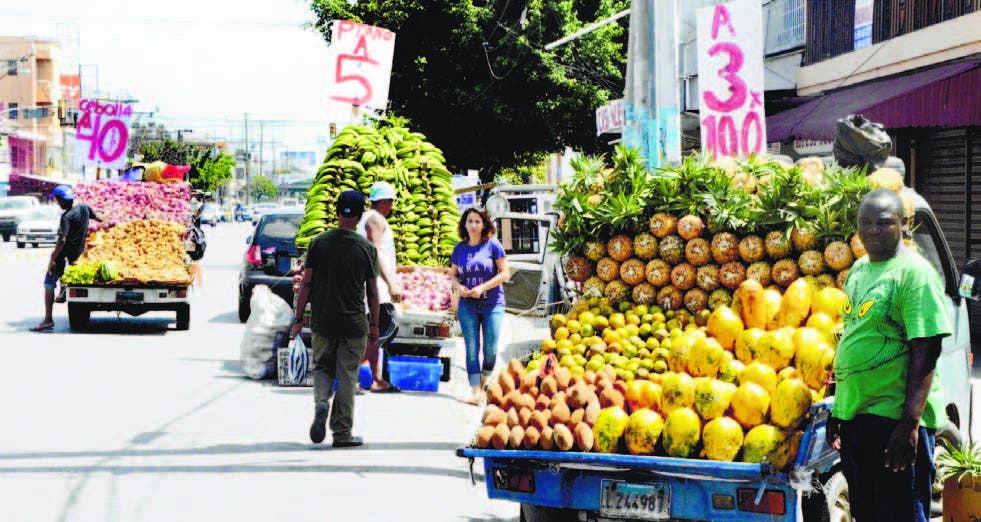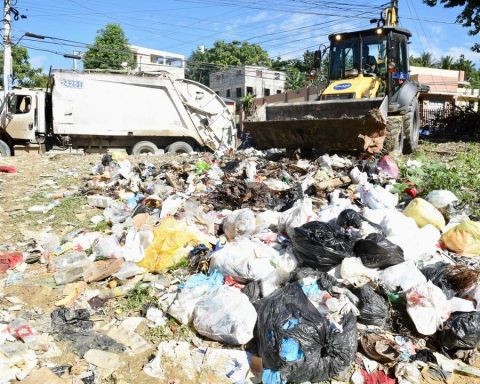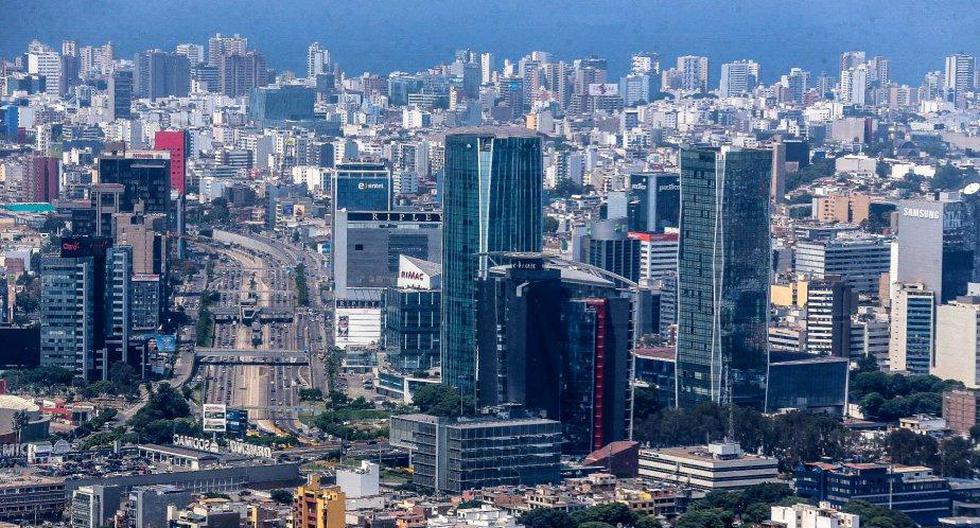The country must not forget the labor informality issue and on the contrary, it should pay more attention to the problem, because after the pandemic instead of decreasing it has increased and the Dominican Republic has been placed among the countries with the highest level of labor informality in Latin America and the Caribbean.
Before the pandemic, in 2019, the total informality of the Dominican labor market had represented 54.8% of the employed population in the country, a level that had improved compared to 2018, when the rate was 55.2%.
But after the pandemic, the labor informality rate closed at 51.3% of the total employed in 2020 and in 2021 the recovery of employment was more informal than formal, because while the people employed in the formal sector decreased by 1% compared to 2020, those employed in the informal sector were 7.8% more than in that year, registering the informality rate its highest level in the third quarter of 2021, of 58.9 percent.
Can read: Leonel Fernández points out lack of regularization in the cryptocurrency market
Although in the first quarter of 2022 it fell slightly, it remained perched on 58.1 percent.
This constitutes a setback in relation to what happened in previous periods. Informal employment had been reduced from 58.6% to 47.9% between 2005 and 2010, as a proportion of total non-agricultural employment, especially as a consequence of the reforms in the social security system, which expanded the coverage of the health system .
The challenge, in this situation, is to maintain high growth rates, in addition to reducing productive heterogeneity to favor greater creation of formal employment, and continuing with the institutional reforms undertaken, would allow reversing the impact of the pandemic on the labor market. and consolidate and expand achievements obtained with the social security reform.
You may be interested in: Economist assures that in 2023 inflation will put “Extraordinary” pressure
The barriers that exist in the formal market and that exclude workers must be addressed, which are expressed in the regulatory and tax structure, as well as in the demands of the labor market, especially with people with a low educational level.
Another important challenge is the incorporation of migrant workers into social security, given the weight of this conglomerate in the labor market.
Overcoming informal work is vital so that the State can better play its role, since informality reduces the tax collection capacity of the state.















